Introduction
Bubble tea, also known as boba tea or pearl milk tea, has become a global phenomenon, captivating the taste buds of millions across continents. Its unique combination of tea, milk (or milk alternatives), and chewy tapioca pearls has sparked a cultural shift in beverage consumption, evolving from a street drink in Taiwan to a sophisticated and customizable delight enjoyed worldwide. However, the traditional recipe often calls for black tea as its base. This raises an intriguing question: can green tea leaves be used to make bubble tea? To answer this, we must delve into the origins, ingredients, preparation methods, and potential variations of bubble tea, exploring the feasibility and potential of using green tea leaves as an alternative.
Origins and Evolution of Bubble Tea
Bubble tea’s journey began in the early 1980s in Taiwan, where it was invented by tea shop owner Liu Han-chieh. Initially, the drink was a simple blend of iced tea and tapioca balls, which were named “pearls” due to their resemblance to tapioca pearls used in traditional Chinese desserts. Over time, bubble tea evolved, incorporating various flavors, toppings, and milk alternatives, catering to diverse palates and dietary preferences.
The traditional recipe primarily uses black tea as its base, which provides a robust and slightly astringent flavor that complements the sweetness of milk and the chewiness of the tapioca pearls. However, as bubble tea gained popularity, tea shops began experimenting with different tea types, including oolong, green, white, and herbal teas, to offer a wider range of flavors and experiences.

Understanding Green Tea Leaves
Green tea is derived from the Camellia sinensis plant, the same species that produces black, oolong, white, and puerh teas. However, the processing of green tea differs significantly from black tea, resulting in distinct flavor profiles and health benefits.
Green tea leaves undergo minimal oxidation during processing, preserving their natural antioxidants, particularly catechins like epigallocatechin gallate (EGCG). This process involves steaming or pan-firing the leaves immediately after harvesting to inactivate the enzymes responsible for oxidation. The result is a tea with a fresh, grassy, and sometimes slightly sweet flavor, as well as a light to medium body.
Can Green Tea Leaves Be Used for Bubble Tea?
The short answer is yes, green tea leaves can indeed be used to make bubble tea. However, the longer answer involves considering several factors, including flavor balance, preparation techniques, and consumer preferences.
Flavor Balance
Green tea’s fresh, grassy flavor can be a refreshing change from the robust taste of black tea. Its lighter body and subtle sweetness make it an excellent base for bubble tea, especially when paired with milk or milk alternatives like almond milk, oat milk, or soy milk. The combination can create a harmonious blend that is both refreshing and soothing.
However, it’s important to note that green tea’s flavor can be overpowered by too much milk or sugar, especially in traditional bubble tea recipes that tend to be sweet and creamy. To maintain the delicate balance of green tea’s flavor, it may be necessary to adjust the sweetness and milk content accordingly.
Preparation Techniques
When using green tea leaves for bubble tea, the preparation technique is crucial. Unlike black tea, which can be steeped for longer periods without becoming bitter, green tea is more delicate and prone to bitterness if over-steeped. Therefore, it’s essential to use the correct steeping time and temperature to extract the desired flavor without compromising the tea’s quality.
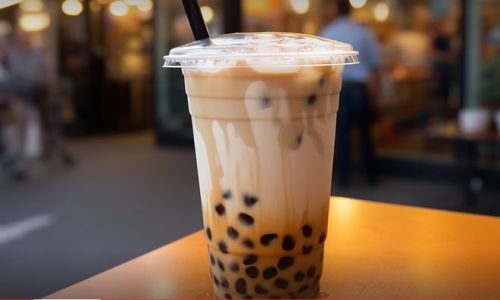
Generally, green tea should be steeped at a temperature between 70°C and 80°C (158°F and 176°F) for 2 to 3 minutes. This ensures that the tea retains its fresh, grassy flavor without becoming overly bitter. Additionally, using high-quality loose-leaf green tea can enhance the overall experience, providing a richer and more complex flavor profile.
Consumer Preferences
Bubble tea is known for its customizability, allowing consumers to tailor their drinks to their specific tastes and preferences. While some may prefer the traditional black tea base, others may seek a lighter, more refreshing option. Green tea provides a viable alternative for the latter group, catering to those who enjoy the subtle flavors and health benefits associated with green tea.
Moreover, the trend towards healthier beverage options has fueled the demand for low-sugar and plant-based alternatives in bubble tea. Green tea’s natural antioxidants and lower caffeine content make it an appealing choice for health-conscious consumers. By incorporating green tea into bubble tea recipes, tea shops can cater to this growing demographic while offering a unique and refreshing drinking experience.
Potential Variations and Innovations
Using green tea leaves as a base for bubble tea opens up a world of possibilities for innovation and customization. Here are a few potential variations and ideas to consider:
Matcha Bubble Tea
Matcha, a powdered green tea derived from finely ground tea leaves, can be used to create a rich and creamy bubble tea. The earthy, slightly sweet flavor of matcha pairs well with milk and tapioca pearls, creating a unique and indulgent drinking experience.
Herbal Green Tea Bubble Tea
Incorporating herbal ingredients into green tea-based bubble tea can add layers of complexity and flavor. For example, blending green tea with lemongrass, ginger, or mint can create a refreshing and invigorating drink that stands out from traditional bubble tea offerings.
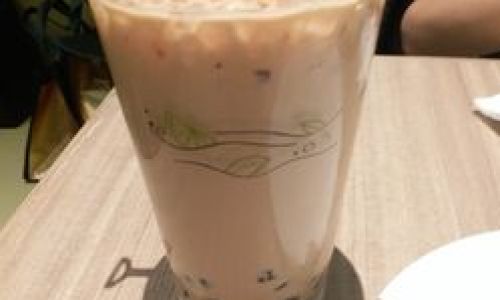
Fruit-Infused Green Tea Bubble Tea
Adding fresh fruit juice or puree to green tea-based bubble tea can create a vibrant and fruity drink. Combinations like green tea with mango, kiwi, or strawberry can be both visually appealing and delicious, catering to consumers who enjoy sweet and fruity flavors.
Low-Caffeine and Health-Focused Options
Green tea’s lower caffeine content and natural antioxidants make it an excellent choice for creating health-focused bubble tea options. By reducing the sugar content and incorporating plant-based milk alternatives, tea shops can offer drinks that appeal to those seeking healthier beverage choices.
Conclusion
In conclusion, green tea leaves can indeed be used to make bubble tea, offering a refreshing and unique alternative to the traditional black tea base. By carefully considering flavor balance, preparation techniques, and consumer preferences, tea shops can create delicious and customizable green tea-based bubble tea options that cater to a wide range of tastes and dietary needs.
As the bubble tea industry continues to evolve, incorporating green tea and other tea types into recipes will be crucial for staying competitive and meeting the diverse needs of consumers. By embracing innovation and customization, tea shops can offer a truly personalized drinking experience that celebrates the versatility and richness of tea culture.
Moreover, the use of green tea in bubble tea aligns with the growing trend towards healthier beverage options, positioning bubble tea as a viable and appealing choice for health-conscious consumers. As such, the potential for green tea-based bubble tea is vast, offering opportunities for creativity, innovation, and growth within the industry.
In summary, while the traditional bubble tea recipe often calls for black tea, green tea leaves provide a viable and refreshing alternative. By carefully balancing flavors, using the correct preparation techniques, and catering to consumer preferences, tea shops can create delicious and unique green tea-based bubble tea options that stand out in the crowded beverage market.
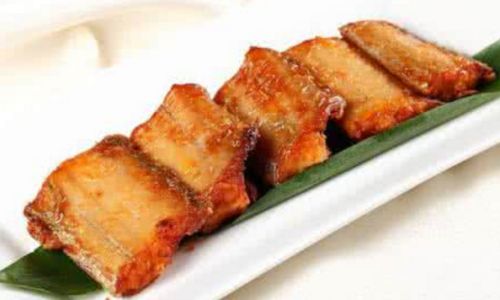
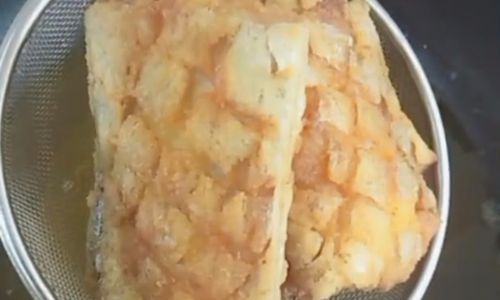
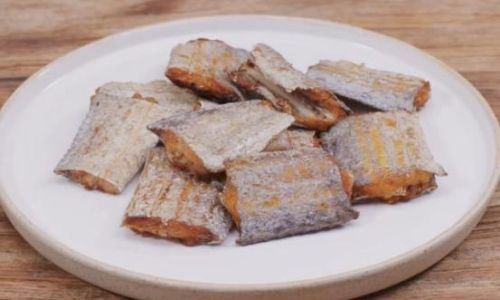

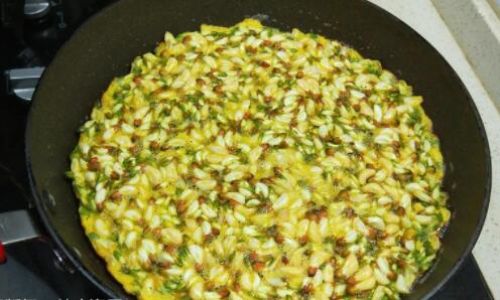
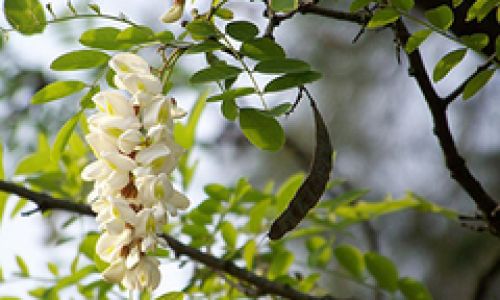
0 comments